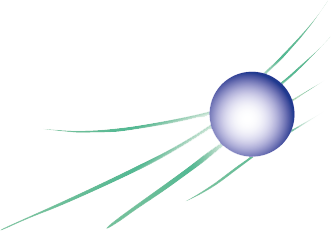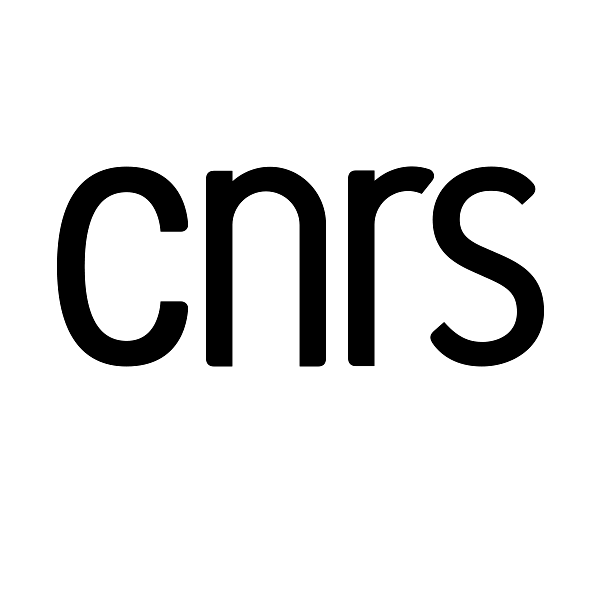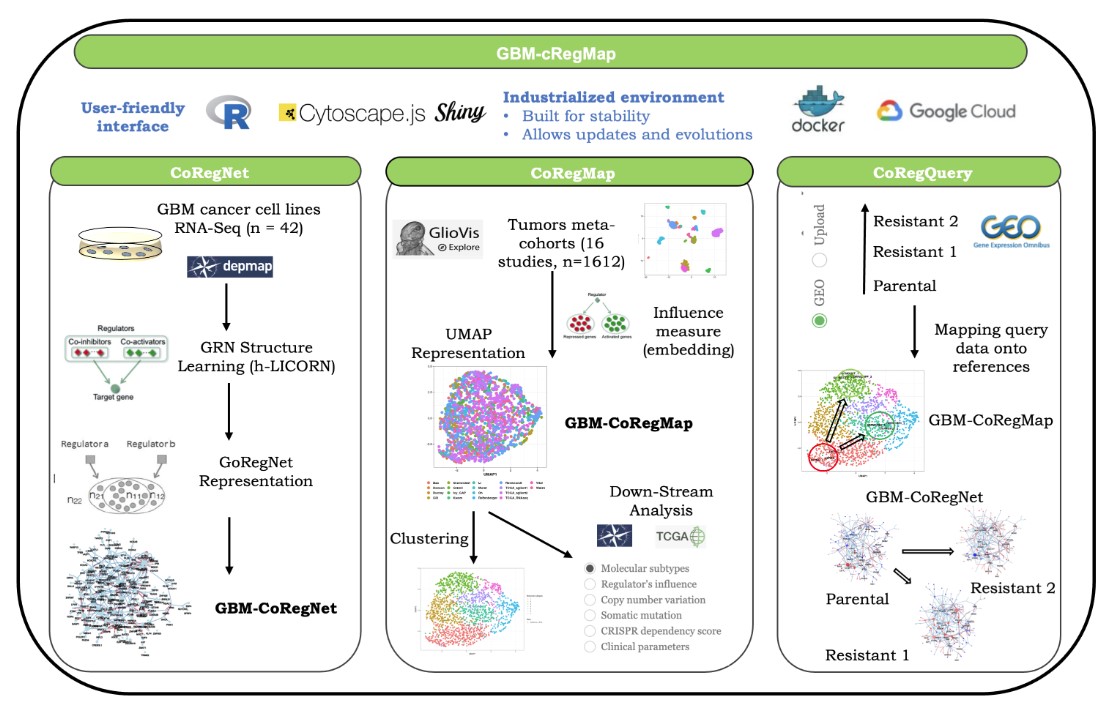Initiated in 2017 by Monique Dontenwill of the ONKO3T team, thanks to a grant from the French National Cancer Institute, this project brought together several teams, including that of Mohamed Elati, researcher at the CANTHER laboratory ( CNRS / Inserm / University of Lille / Lille University Hospital / Pasteur Institute of Lille).
Glioblastoma is the most common and aggressive brain tumor, with around 3,500 new cases each year in France. Despite scientific advances, it remains incurable to this day, not least because of its extreme molecular and cellular heterogeneity.
Thanks to the analysis of over 500 transcription factors and the use of artificial intelligence and machine learning, researchers have succeeded in integrating data from 16 international studies (involving almost 1,600 patients) to produce the largest-ever mapping of glioblastoma's genetic activity.
This collaborative study, published in NPJ Precision Oncology, identified 7 distinct tumor subtypes, each associated with specific biological mechanisms and different prognoses.
The result of this work, GBM-cRegMap, is a novel bioinformatics tool now available to the scientific community. It will enable tumors to be better characterized from their initial diagnosis and at the time of recurrence, paving the way for much more personalized therapies.
A decisive step towards better management of glioblastoma:
Refined understanding of tumor heterogeneity
Personalized treatments
Challenging existing preclinical models.
Congratulations to the authors of this publication and to the development of this innovative web platform dedicated to the analysis of glioblastoma (GBM) plasticity and heterogeneity.
Bernhard, C., Geles, K., Pawlak, G. et al. A coregulatory influence map of glioblastoma heterogeneity and plasticity. npj Precis. Onc. 9, 110 (2025). https://doi.org/10.1038/s41698-025-00890-0


